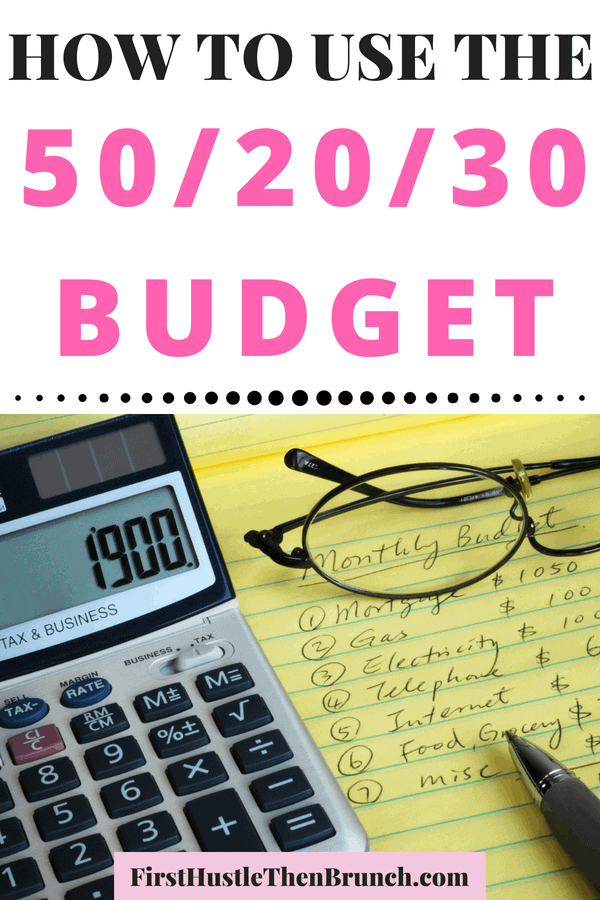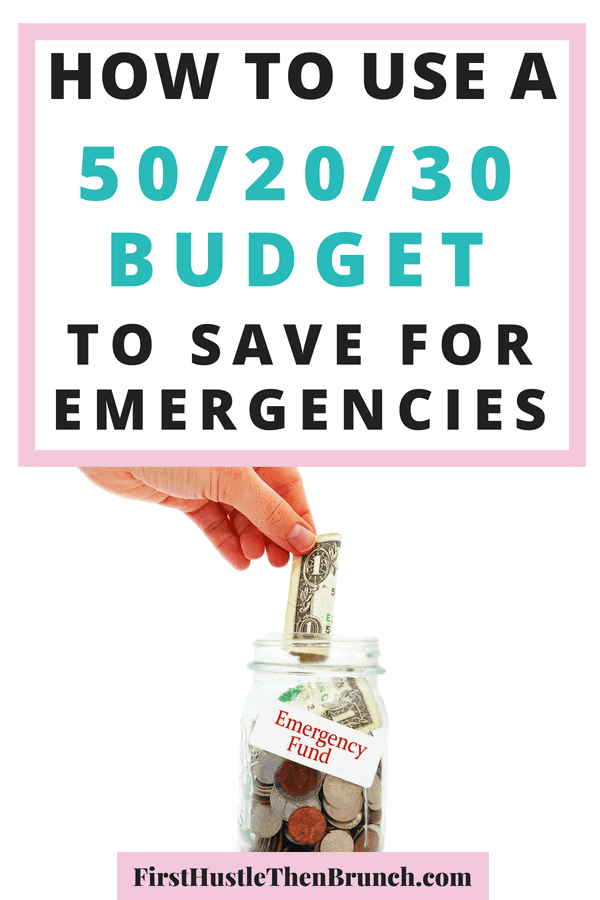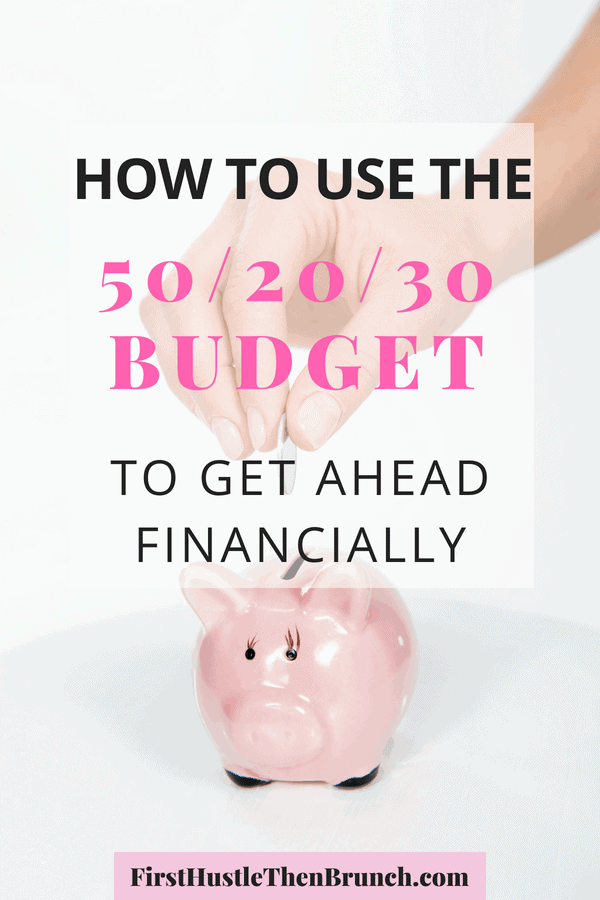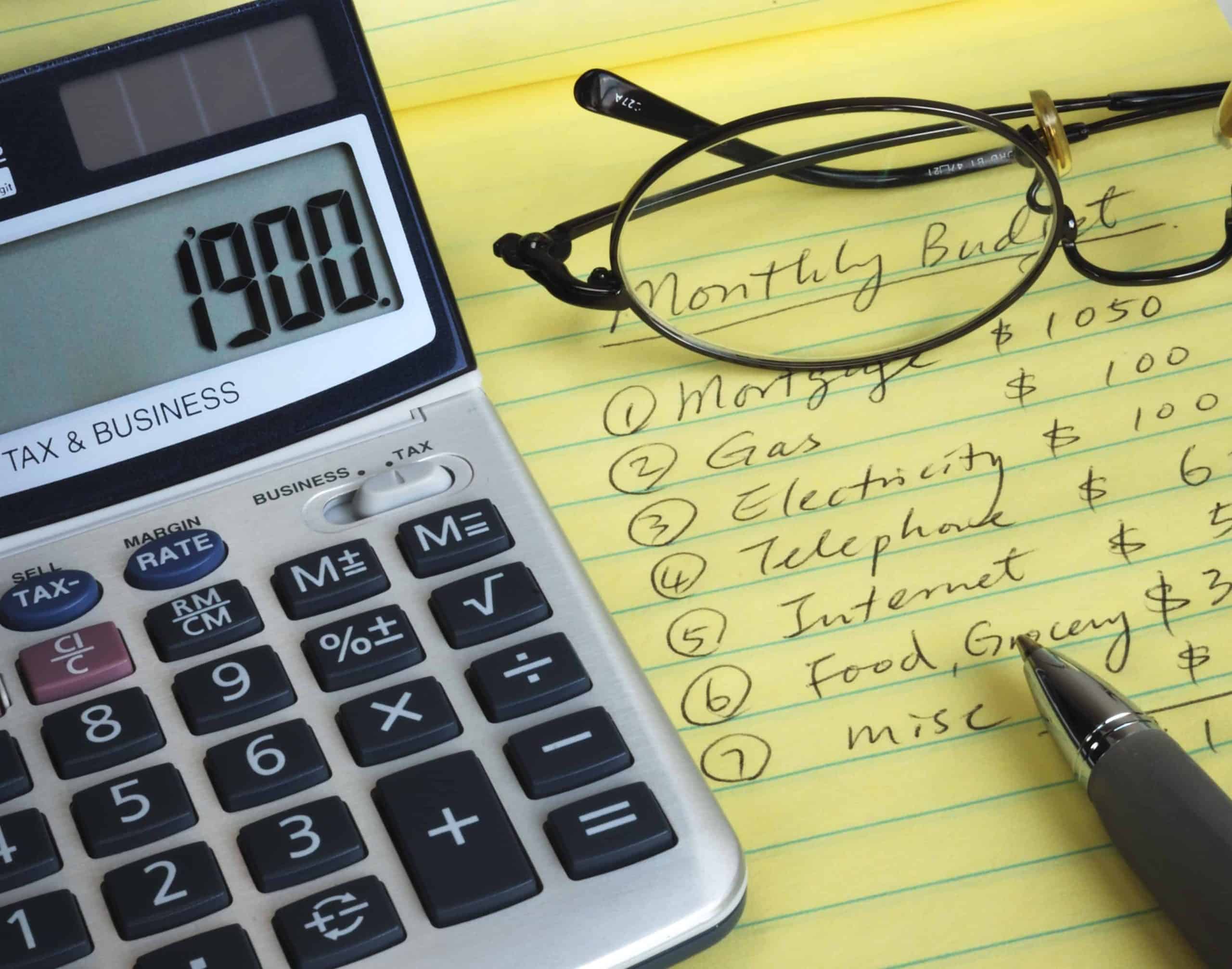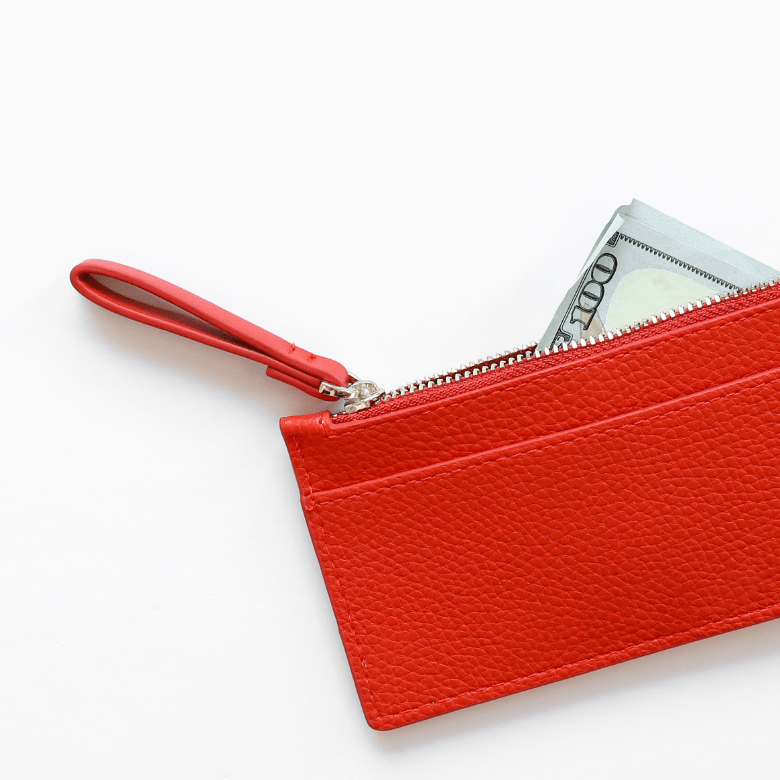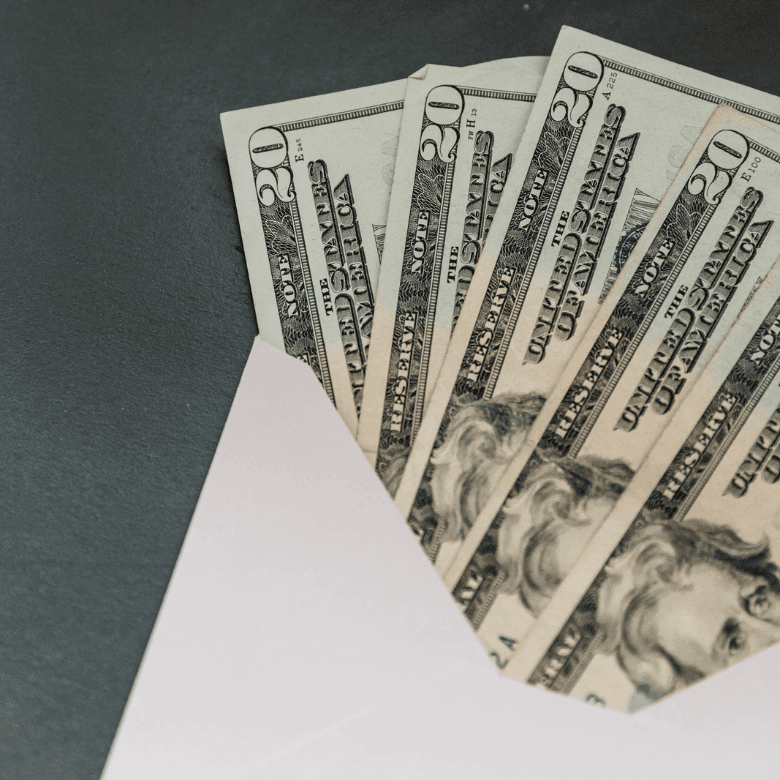How to Use a 50/20/30 Budget to Achieve Your Financial Goals
Do you shudder when you see the word, “budget?” Budgets are often seen as complicated, but I’m here to tell you that it’s not the scary beast you think it is! There are many different budgeting strategies, and today I’m going to show you how to use one of my favorite budgets – the 50/20/30 budget!
The 50/20/30 budget will help you determine how to spend your money. Rather than spending money in a carefree manner with no clear direction, this strategy will help you be more intentional with your money.
When you’re trying to save money, pay off debt, or build wealth, that is the key to your success. You must be intentional about how and where you spend your money.
RELATED: How to Create a Budget that Works & How to Create a Budget in 4 Simple Steps
Some of the links in this post are affiliate links. We may receive compensation when you click on links to products at no extra charge to you. View our full disclaimer.

How to Use a 50/20/30 Budget
With the 50/20/30 budget, you allocate certain percentages to specific categories.
Here’s how the 50/20/30 budget works:
Calculate your after-tax income
Grab your recent check stubs and calculate your total monthly income. If your retirement contributions and health insurance, etc. are automatically deducted from your paycheck, add those costs back in to determine your income after federal and state taxes have been taken out.
If your income is inconsistent, average the after-tax income you have received over the past 3 months.
50% = Needs
Multiply your after-tax income by 0.50 (or divide it by 2), to calculate how much money you should be spending on your “NEEDS.” Necessities include things like shelter, utilities, groceries, and insurances.
You should not spend more than 50% of your after-tax income on those items. That means that your rent should not exceed 50% of your income. Otherwise, you would have no money left to spend on utilities and groceries. That’s not okay!
Let’s say your after-tax income is $2,000; therefore, you should spend no more than $1,000 on your needs.
Your budget could look something like this:
Rent = $500
Utilities = $150
Health Insurance = $200
Groceries = $150
Total = $1,000
Note: If you have debt – whether it be credit cards, student loans, or a car loan – that minimum payment is a “need.”
20% = Savings + Extra Debt Payments
Next, you will allocate 20% of your after-tax income to savings and any debt payments above the minimums (which fall into the “needs” category).
Savings can be used for emergency funds, retirement funds, vacations, and investments. Essentially, if you will be using this money in the future, it can be added to this category.
Using our previous example, if your after-tax income is $2,000, you should save (or pay towards debt) $400 each month ($2,000* 0.20).
Your budget could look like this:
Retirement = $150
Emergency Fund = $100
Cruise = $50
Extra Student Loan Payment (Snowball) = $100
30% = Wants
Finally, the category you’ve been waiting for 🙂
Spend 30% of your after-tax money on your lifestyle choices such as a gym membership, dining out, and other entertainment.
In our example, that would leave you with $600 to spend however you want!
This is why I like to say that budgets are not as restrictive as many believe. Yes, you have to follow some guidelines (so that you can keep a roof over your head!). But, there’s still room to spend your hard-earned money on the things you love.
Final Thoughts
The 50/20/30 Budget is a great strategy for some people. However, it’s not for everyone.
Take me, for example – I have an unusually large amount of student loan debt ($190,000+!!). My minimum student loan payments cause my “needs” to be well above 50% of my after-tax income. I could try to reduce my minimum payments (believe it or not, I have already reduced them by ~$1,000/month), but that would extend the life of the loans and increase the amount of interest I would pay over time. I’m trying to get out of debt as quickly as possible!
The 50/20/30 budget is just a guideline to help you get started. It will help you understand where you may be over- or underspending. For example, if your “wants” make up 50% of your income, there are some adjustments you should make.
If you’d like to save 40% of your income, go for it! I wish I could do that!
As long as you create a budget that you can stick to, and make smarter financial choices, you will create the financial life you have always wanted!
